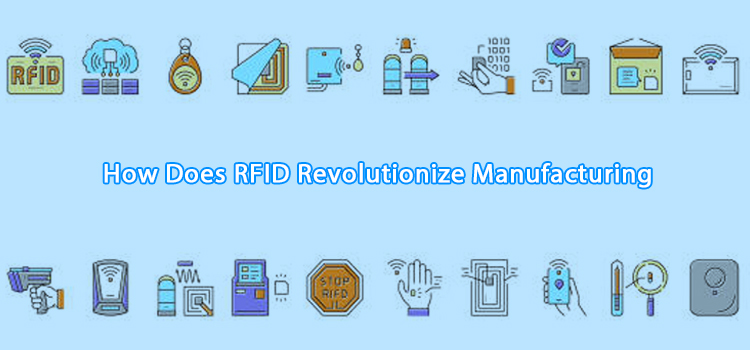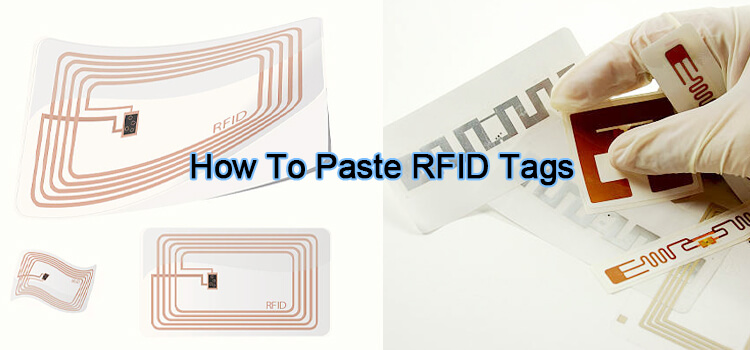If you’ve ever worked in a library, you know how difficult it can be to organize your paperwork. It can be a perpetual headache to deal with the mountains of paperwork and file cabinets (or folders) that accumulate over time!
Thankfully, there’s a better way. RFID for files and archives is quickly becoming one of the best ways to manage your documents. This technology uses radio-frequency identification (RFID) to track, monitor, and store paperwork quickly and easily.
We discuss some benefits of using RFID for your files and archives. By the end, you’ll understand why this technology is becoming so popular and why it’s the best choice for modern libraries, offices, and businesses.
In-Depth Description of RFID Technology
Wireless communication has become an essential part of our daily lives. From smartphones to smart home appliances, almost everything uses wireless technology in one way or another.
RFID is no exception. This technology uses radio waves to transmit information between devices and track critical data without physical contact or line of sight. It’s fast, accurate, and can integrate easily with other devices.
The technology comprises two main components:
- RFID Tags. These are small microchips embedded in documents or attached to physical objects. They transmit information wirelessly, allowing them to be tracked and monitored easily.
- RFID Readers. These devices collect data from RFID tags and communicate with other systems, such as databases or inventory management software.
When these two components are combined, they work flawlessly to help manage, track, and store your crucial documents. They streamline the entire document management process, making it more efficient and cost-effective.
What is RFID for Files and Archives, and How Does It Work?
File management involves filing paperwork, updating existing files, and tracking their location within your office or library. RFID for files and archives is a technology that eases this process by using RFID tags to organize your documents. Here is a step-by-step breakdown of how this technology works:
- You create a list of all the documents to be tracked and stored in your office or library. This could include invoices, receipts, contracts, and legal documents.
- You attach RFID tags to each document using specialized tagging equipment. These tags contain information about the document, such as its title, date of creation, or location within your office or library.
- You place each tagged document in its designated storage location. For example, a folder in a filing cabinet or on a shelf in a bookshelf.
- Each time you access one of these documents, you simply scan the RFID tag using an RFID reader. This device will instantly retrieve all relevant information about that document, such as its title and date of creation.
- You can use the same reader to update or modify the document’s information, or even archive it if necessary. This helps keep your documents organized, up-to-date, and easy to find.
As you can see, RFID for files and archives is an exciting new technology that can revolutionize the way you manage your documents. Whether you’re a librarian, office manager, or business owner, this technology can help make document management easier, more accurate, and more efficient.
Benefits of Using RFID for Files and Archives
- Reduced Loss. It can be frustrating and costly to lose important documents. With RFID, you no longer need to worry about misfiled or misplaced paperwork. A simple scan of each document’s RFID tag will retrieve all the information you need.
- Increased Visibility. RFID tags transmit data wirelessly, meaning it’s easy to track and monitor your documents in real-time. This means you can quickly identify any changes or updates made to a given document, helping you manage your files and archives more easily.
- Enhanced Security. RFID tags contain unique IDs that are difficult to fake or replicate, providing an extra layer of security for your documents. This helps protect your confidential information from potential data breaches or unauthorized access.
- Better Organization. RFID tags can store a wide variety of information, allowing you to customize your file management system exactly to your needs. This makes it easier to find and retrieve the documents you need quickly and efficiently, with minimal effort required on your part.
- Reduced Time Wastage. Manual entry and document management are time-consuming and inefficient, often resulting in costly mistakes. RFID technology streamlines the entire document management process, helping you save time and reduce wasted effort.
Who can Use RFID for Files and Archives?
Anyone who deals with large volumes of documents regularly can benefit from using RFID for files and archives. This includes:
- Librarians. It can be challenging to organize library documents, especially for large or busy libraries. RFID technology eases document management, allowing librarians to spend less time managing their collections and more time helping patrons.
- Office Managers. Keeping track of office files and archives can be a challenge, especially when your organization is growing or changing. RFID technology can help you simplify and streamline this process, giving you more time to focus on your core business functions.
- Business Owners. Whether you’re a small startup or a large corporation, managing your documents effectively is essential for success. RFID offers an affordable and efficient way to improve document management in any business.
- Legal Professionals. Law firms often handle large volumes of documents, making them a prime target for RFID technology. With help from RFID for files and archives, legal professionals can better organize their files, improving productivity and efficiency.
Choosing the Best RFID for Files and Archives
As with any new technology, there are several factors to consider when choosing the right RFID solution for your needs. Some important considerations include:
- The types of documents you plan to manage using RFID.
- The size and complexity of your organization or business.
- The budget you have available for implementing RFID.
- The support and training you will need to successfully implement RFID.
- Your technical expertise in terms of software, hardware, and IT infrastructure.
Once you have considered these factors, you can begin researching the various RFID solutions on the market. For starters, we recommend hight-frequency RFID tags coupled with handheld readers for document management.




